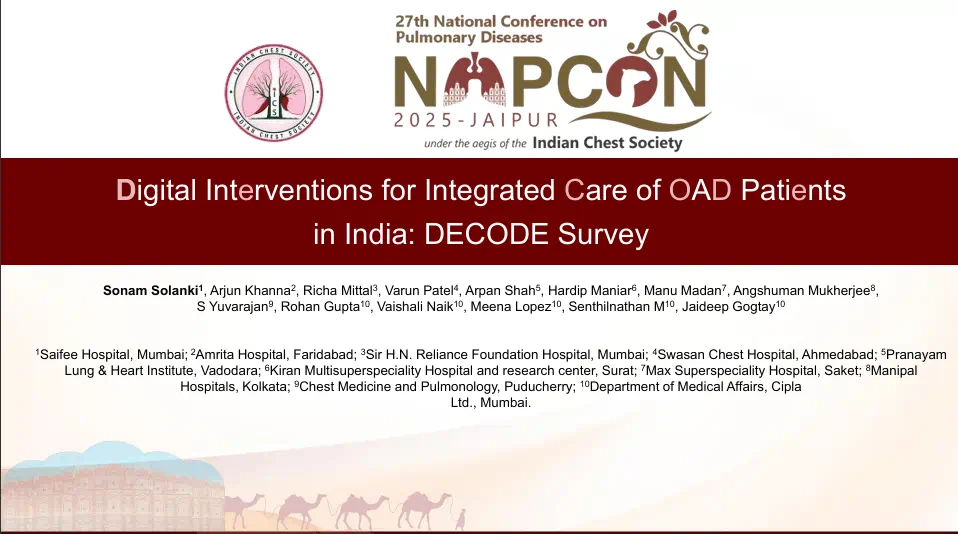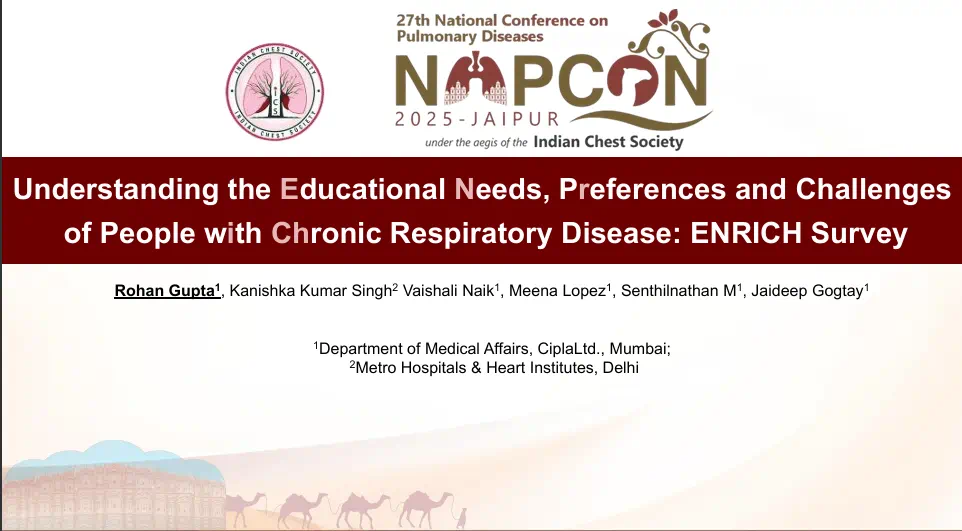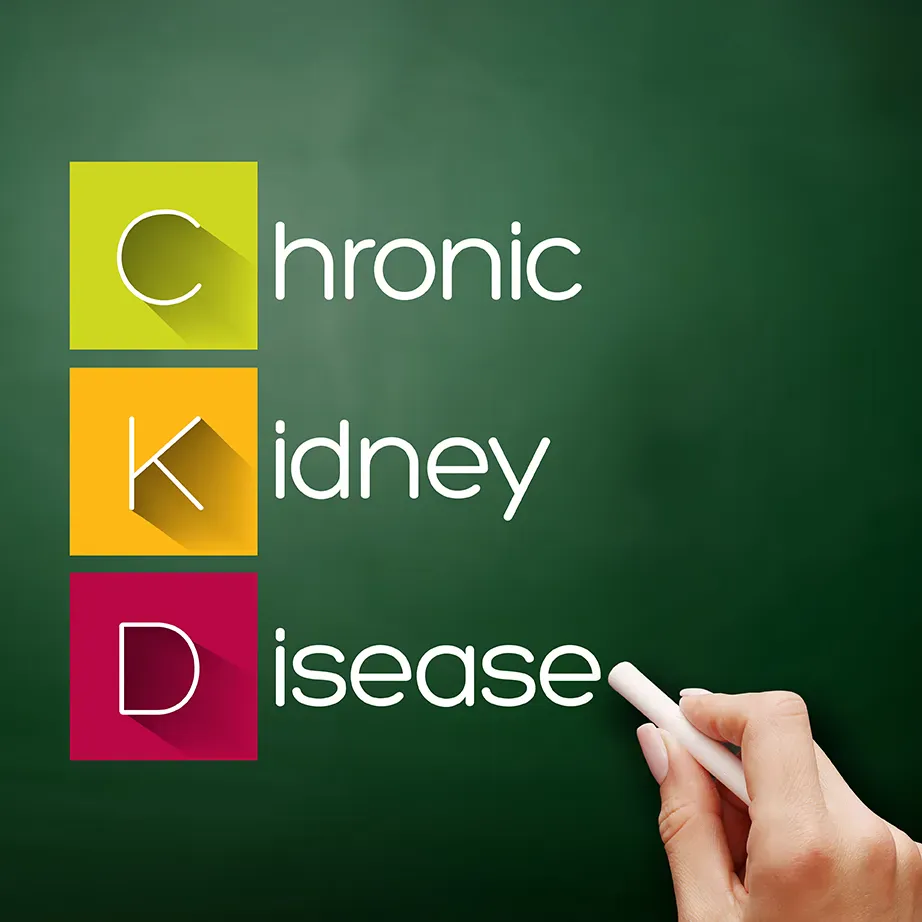Lansoprazole Pharmacology in Pediatric Gastroesophageal Reflux Disease
Introduction
Proton pump inhibitors (PPIs) are superior to histamine-2 receptor antagonists and antacids in relieving symptoms in adults with gastroesophageal reflux disease (GERD). Studies have shown that PPIs are effective and safe in pediatric GERD. Further, the pharmacokinetic and pharmacodynamic properties of PPIs, especially lansoprazole have been studied in adults; however, clinical data was limited on these parameters in children with GERD.
Aim
To assess pharmacology of lansoprazole in children between 1 and 11 years of age with GERD
Patient Profile
- 66 pediatric patients with symptomatic GERD
Method
Study Design
- Multicenter, open-label trial
- Children weighing <30 kg received lansoprazole 15 mg and those weighing >30 kg were given lansoprazole 30 mg once daily for 5 days
Endpoints
- Pharmacokinetic parameters
- Effects of lansoprazole on 24-hour median intragastric pH and the percentages of time intragastric pH was above 3 and 4
Results
Efficacy
- The mean pharmacokinetic parameters of lansoprazole on day 5 are summarized in Table 1
- Absorption of both doses of lansoprazole was rapid as the average time to peak plasma concentration was approximately 1.5 to 1.7 hours
- The maximal observed plasma concentration (Cmax), the area under the plasma concentration-time curve for a dose interval (from time 0 to hour 24, AUC 0-24) and half-lives (T1/2) with lansoprazole 15 mg and 30 mg doses were comparable and not associated with weight or age in each weight-adjusted dose group
- Lansoprazole significantly increased the 24-hour mean intragastric pH as compared to baseline (15 mg dose: 3.64 vs. 2.46 and 30 mg dose: 3.79 vs. 2.30; p < 0.001 for all)
- It also increased the percentages of time intragastric pH was above 3 and 4 as compared to baseline, after 5 days of treatment (p < 0.001)
- A significant association was noted between the AUC and the average 24-hour baseline-adjusted intragastric pH during the day-5 visit for lansoprazole (p = 0.014)
Table 1 Summary of pharmacokinetic parameters of lansoprazole in pediatric GERD patients
|
Pharmacokinetic parameters |
Lansoprazole 15 mg (in patients <30 kg bodyweight) |
Lansoprazole 30 mg (in patients >30 kg bodyweight) |
|
Tmax (hours) |
1.5 |
1.7 |
|
Cmax (ng/mL) |
790.9 |
898.5 |
|
AUC0-24 (ng.h/mL) |
1707 |
1883 |
|
T1/2 (hours) |
0.68 |
0.71 |
Conclusion
- The pharmacokinetic and pharmacodynamic parameters of lansoprazole in children between 1 and 11 years of age with GERD were similar to those previously observed in children and healthy adults
- Lansoprazole significantly increased the mean 24-hour intragastric pH and the percentages of time intragastric pH was above 3 and 4 when children were dosed with either 15 or 30 mg according to body weight
J Pediatr Gastroenterol Nutr. 2002: 35 Suppl 4: S319-26









